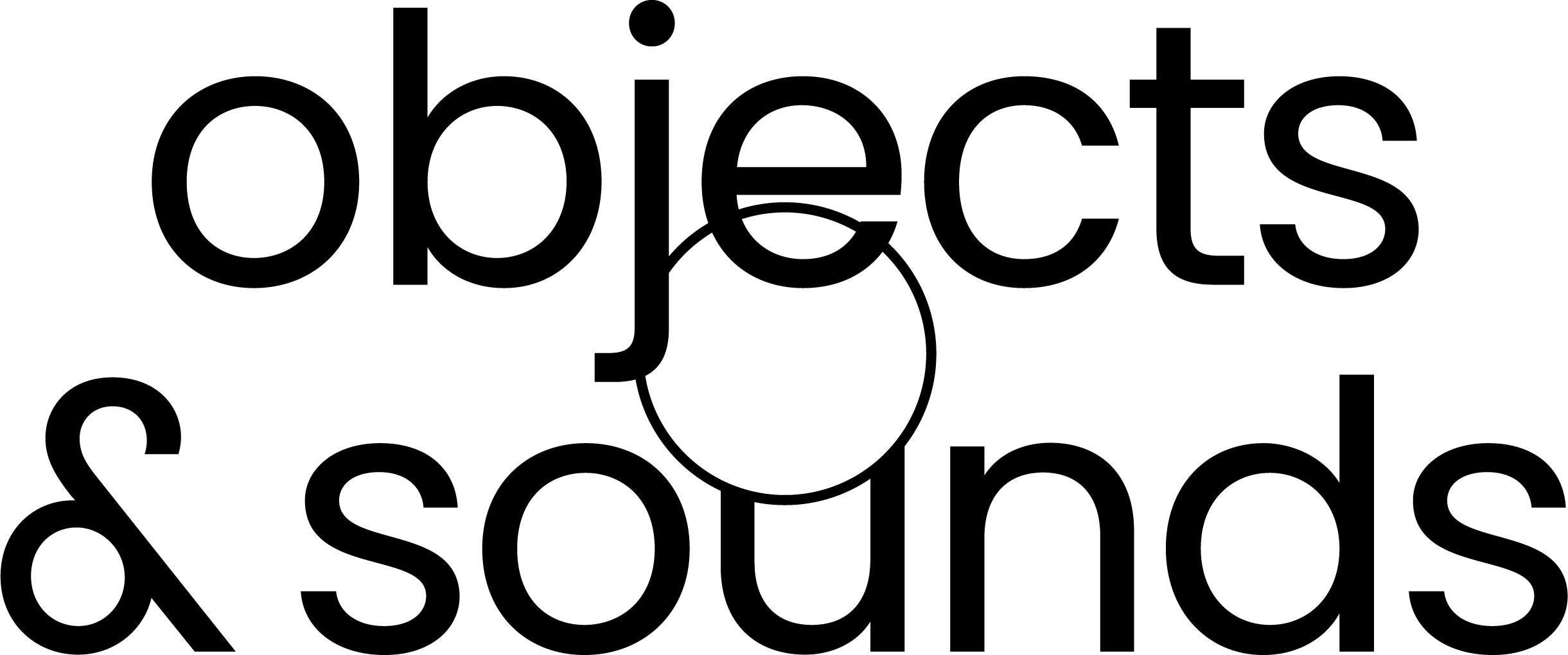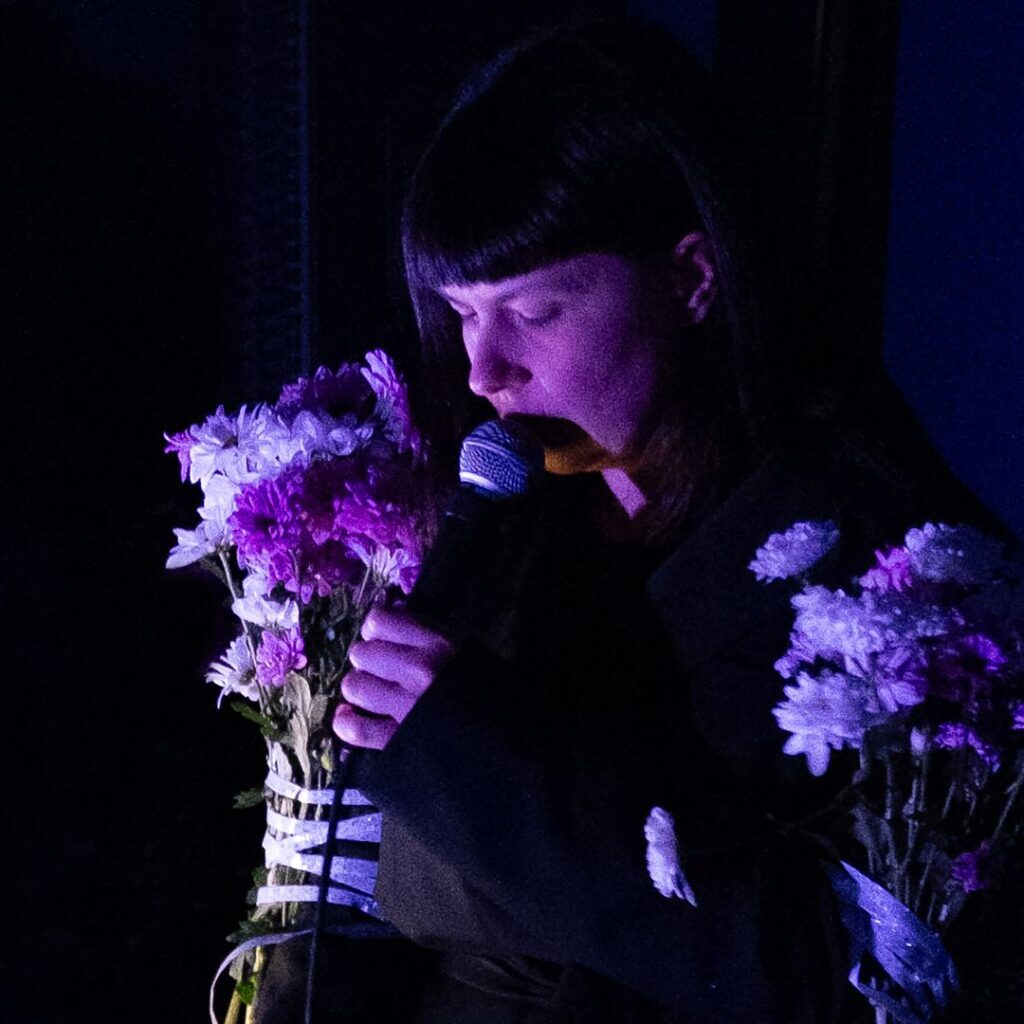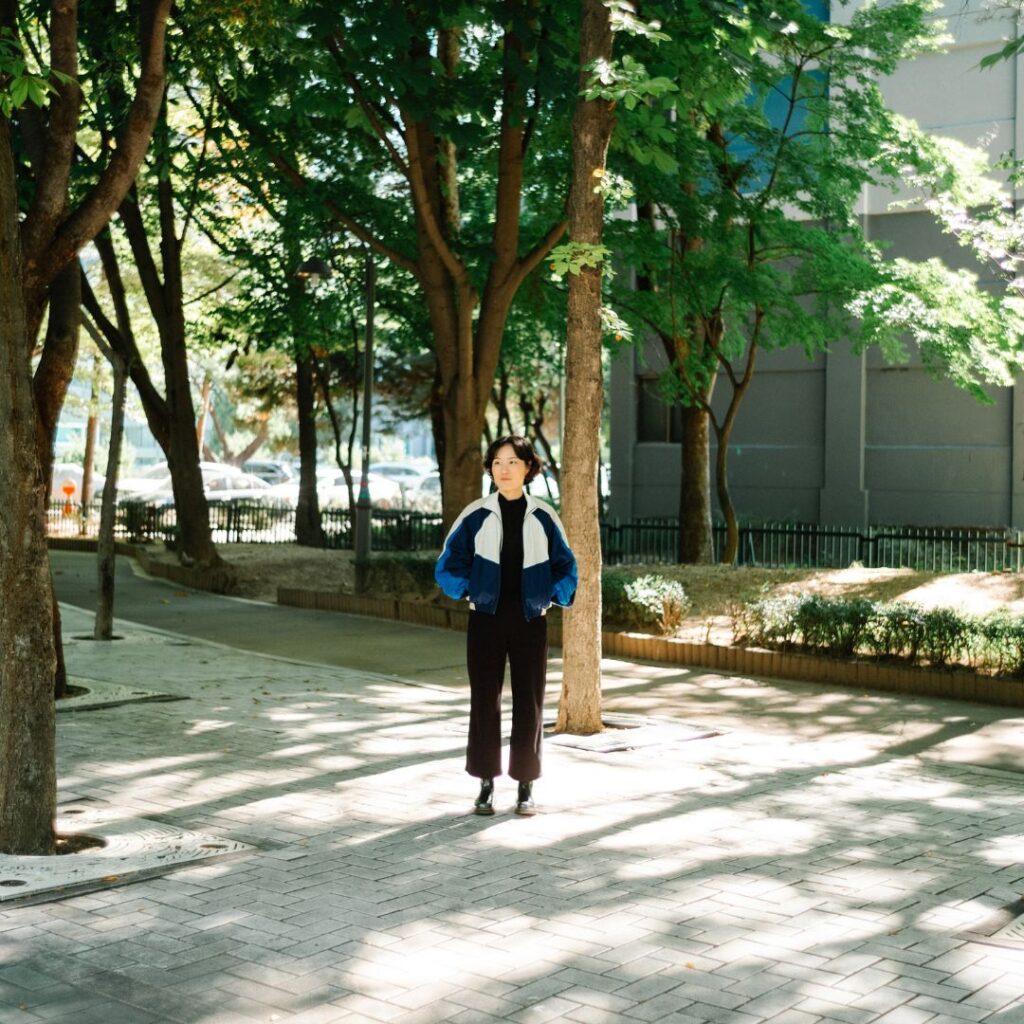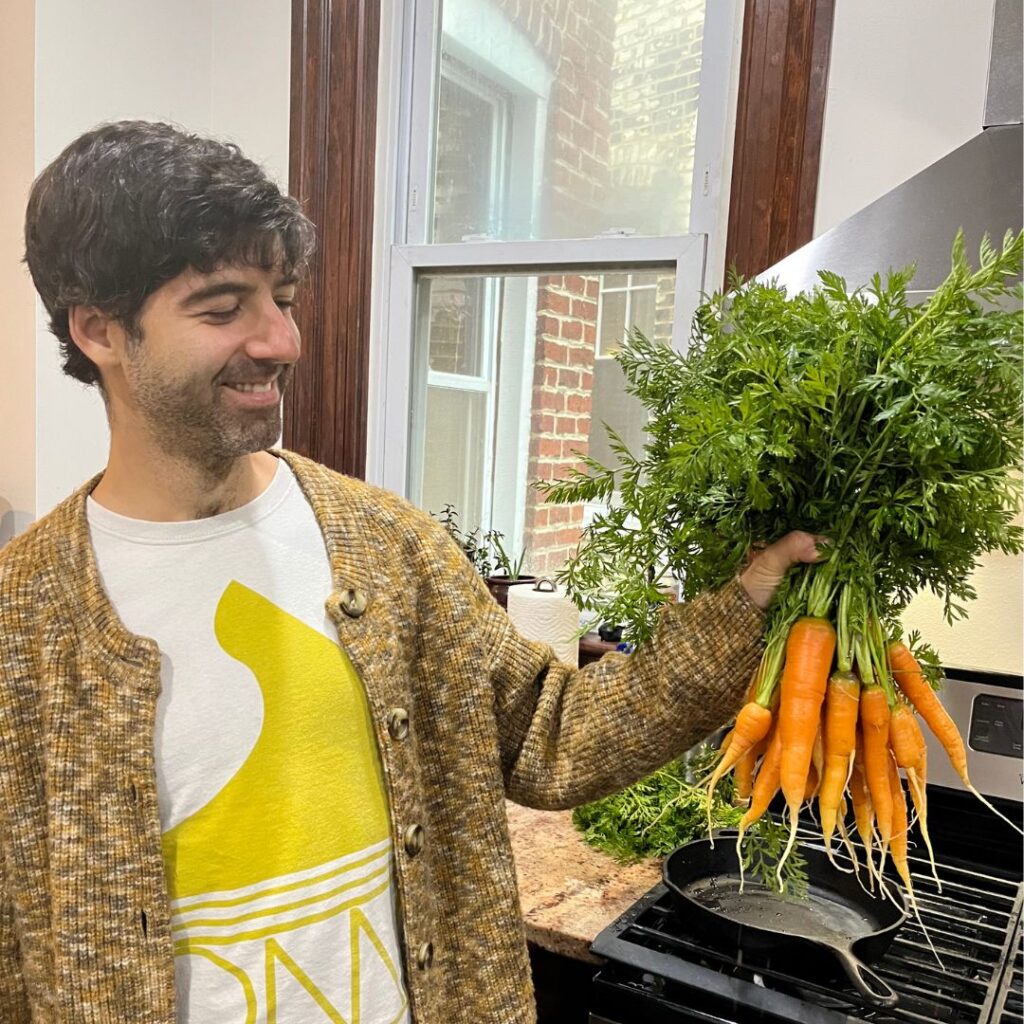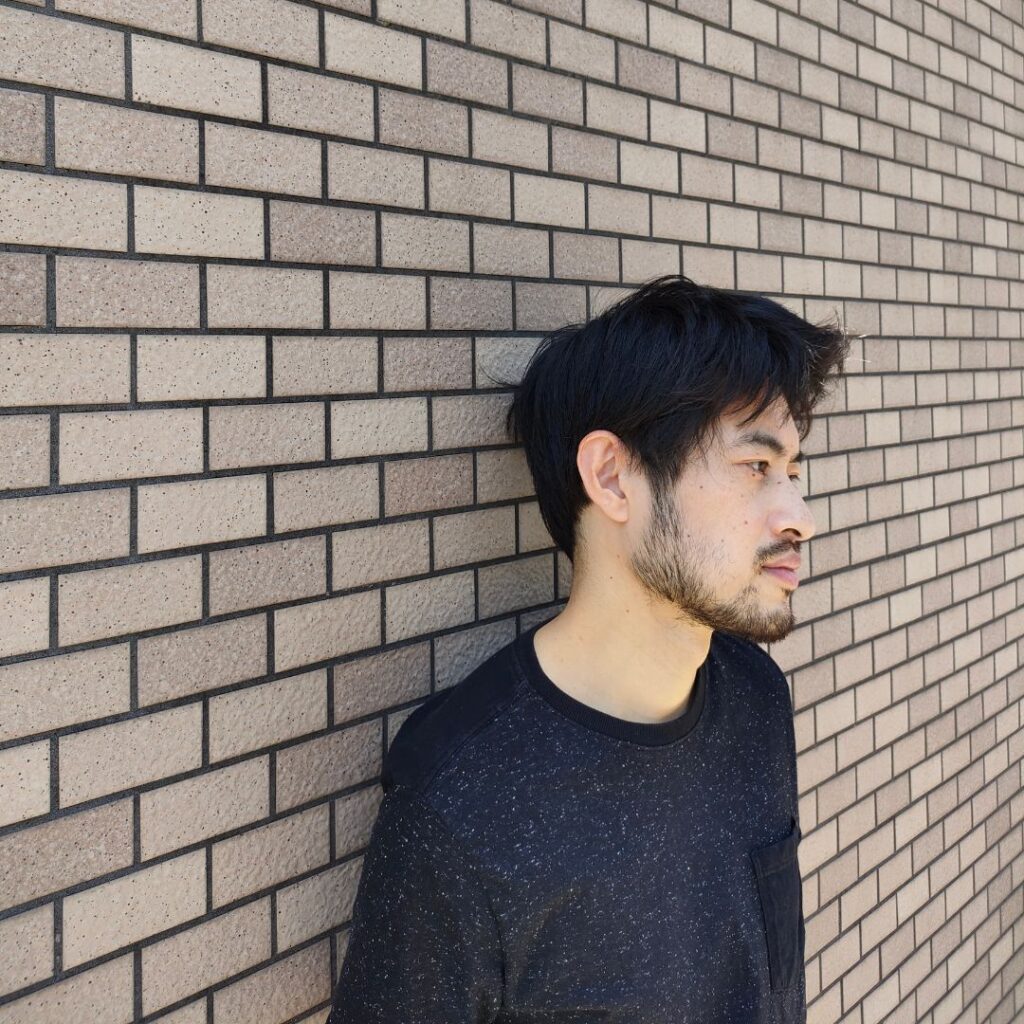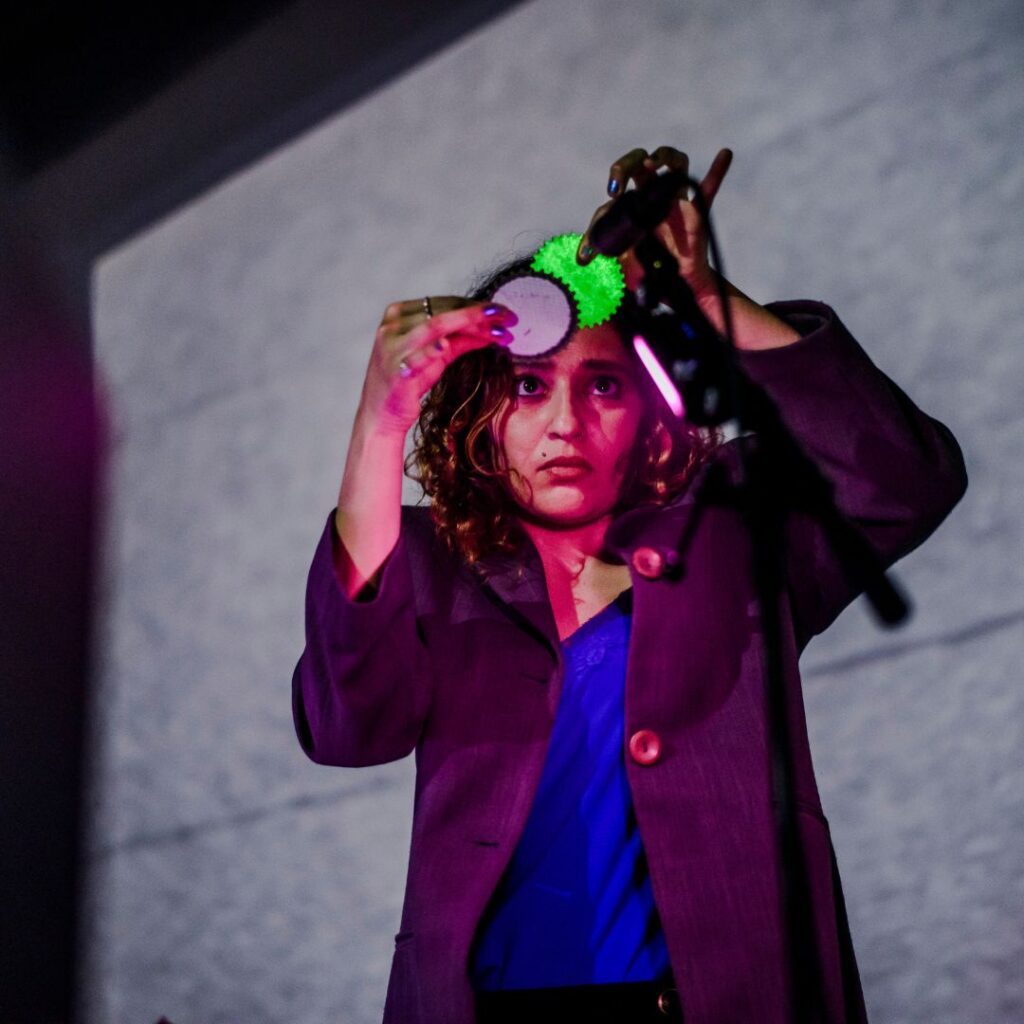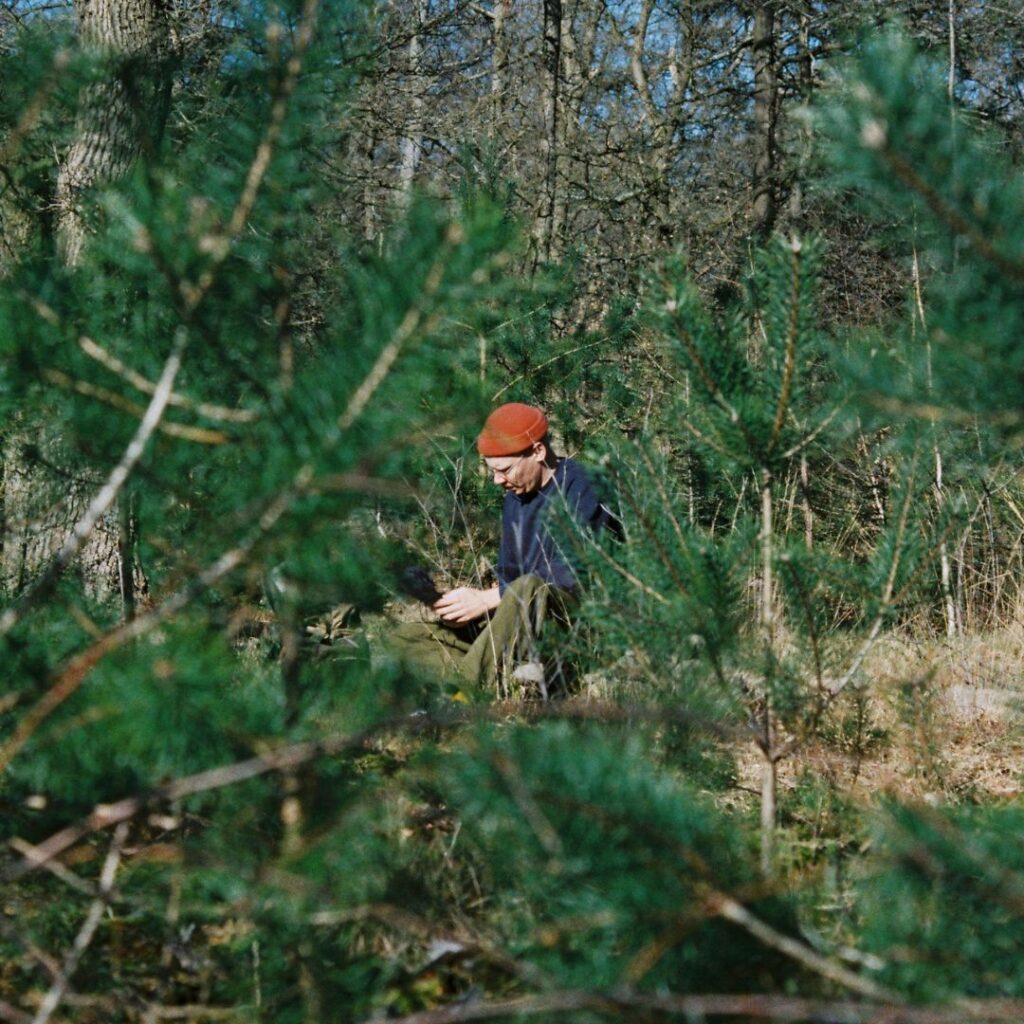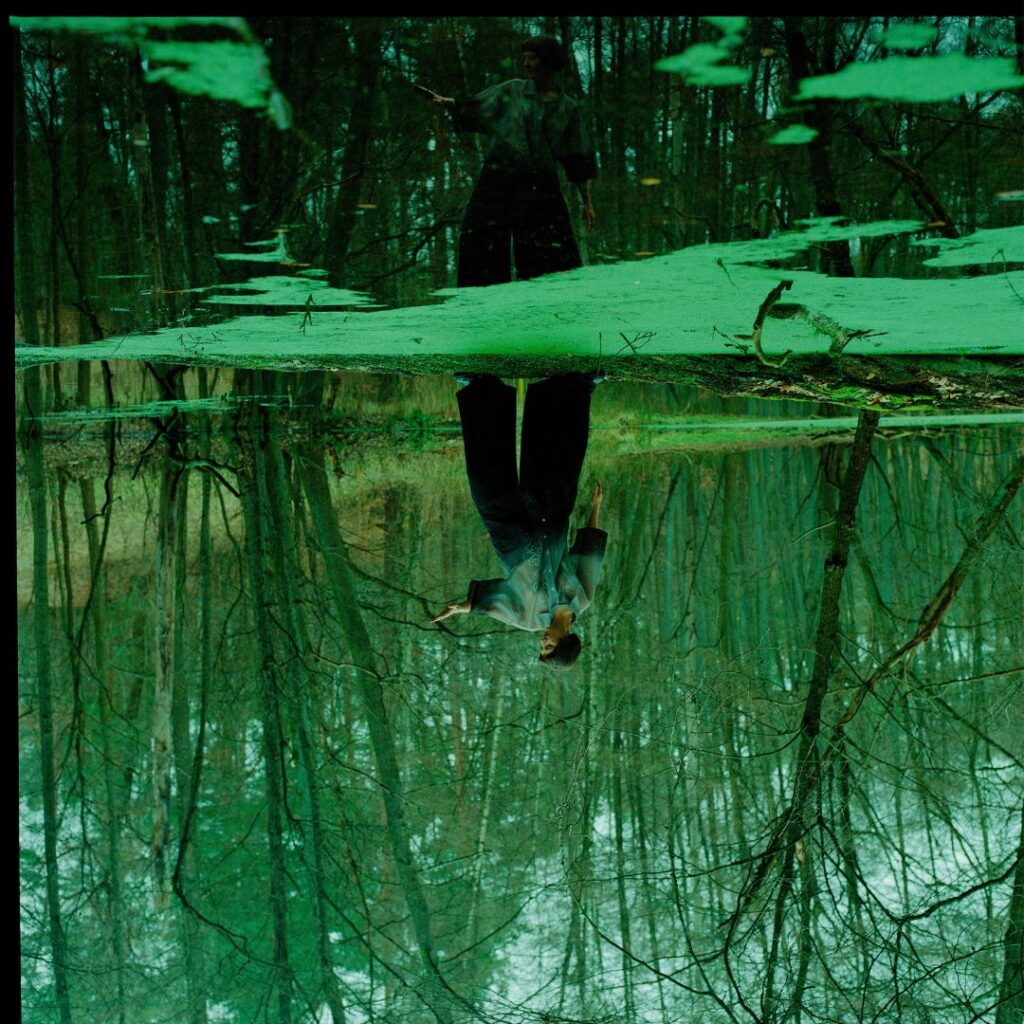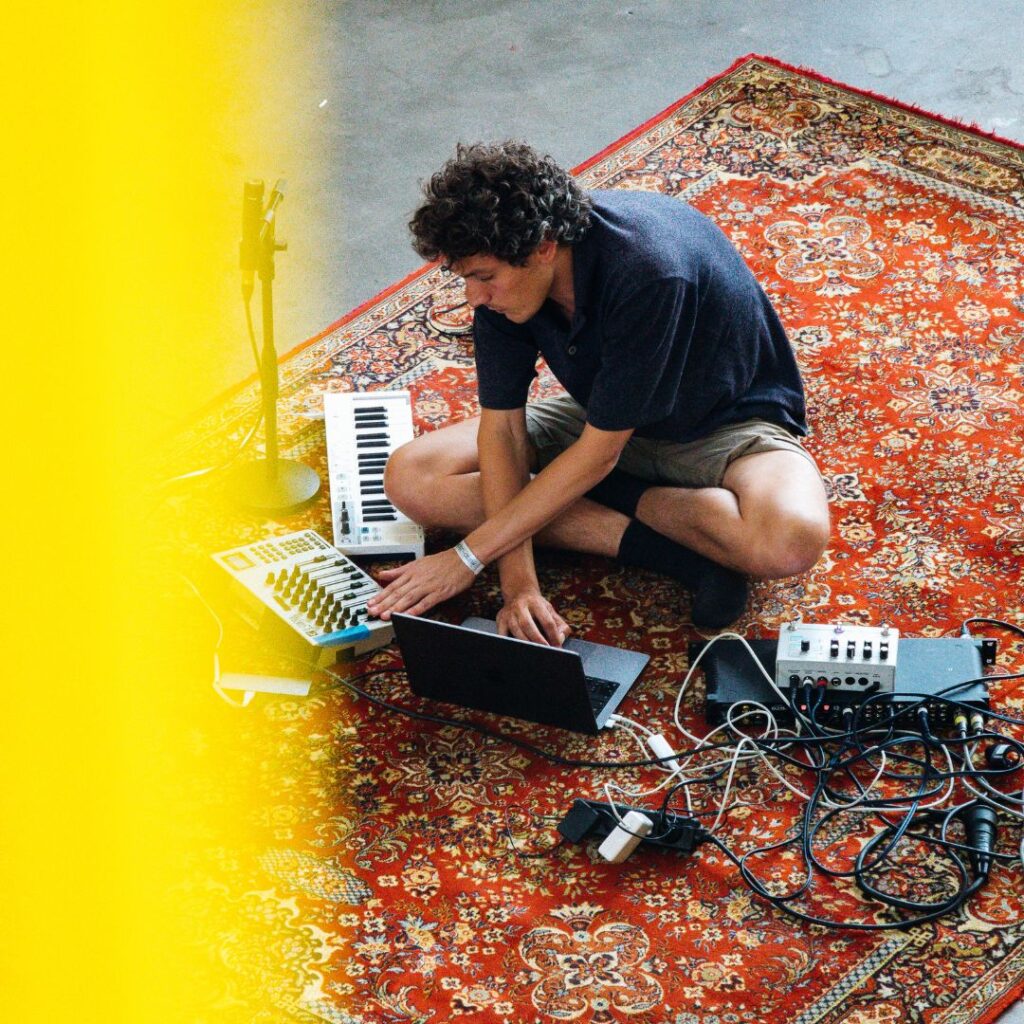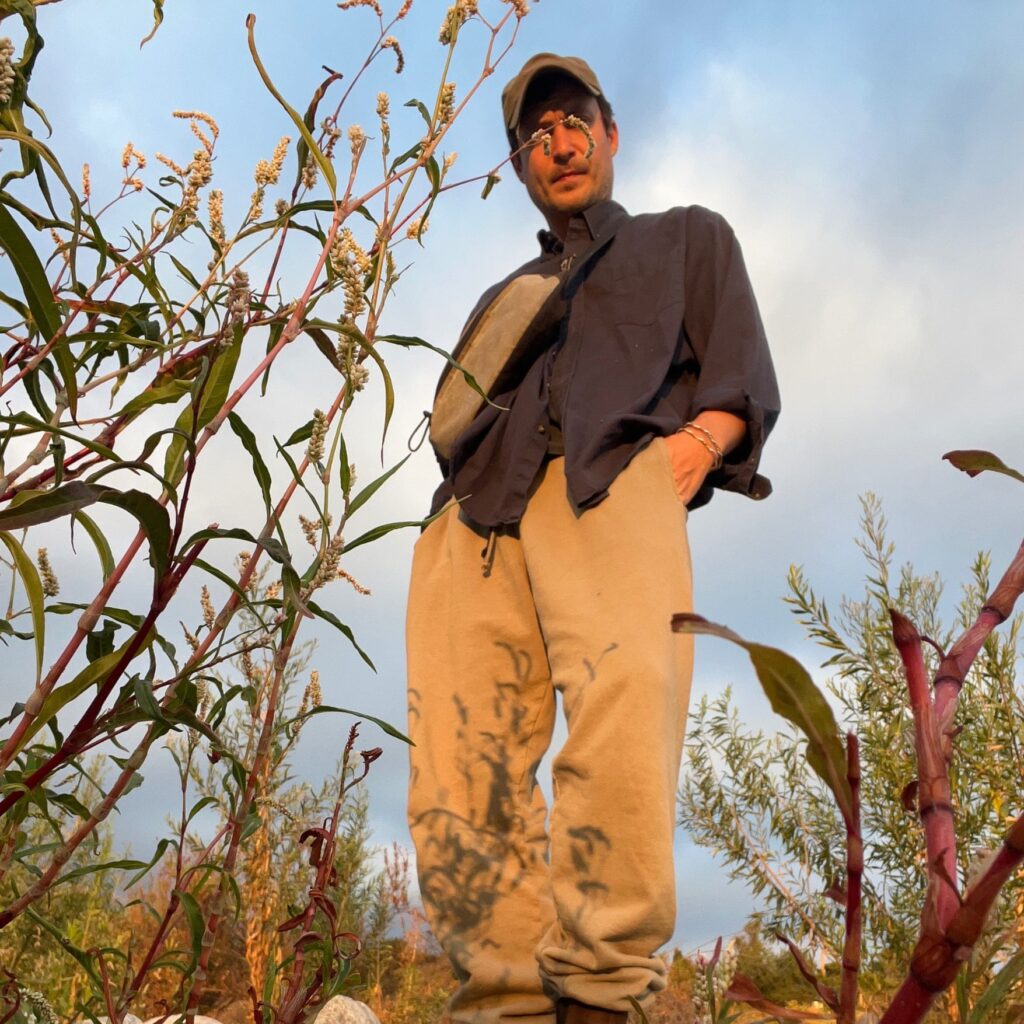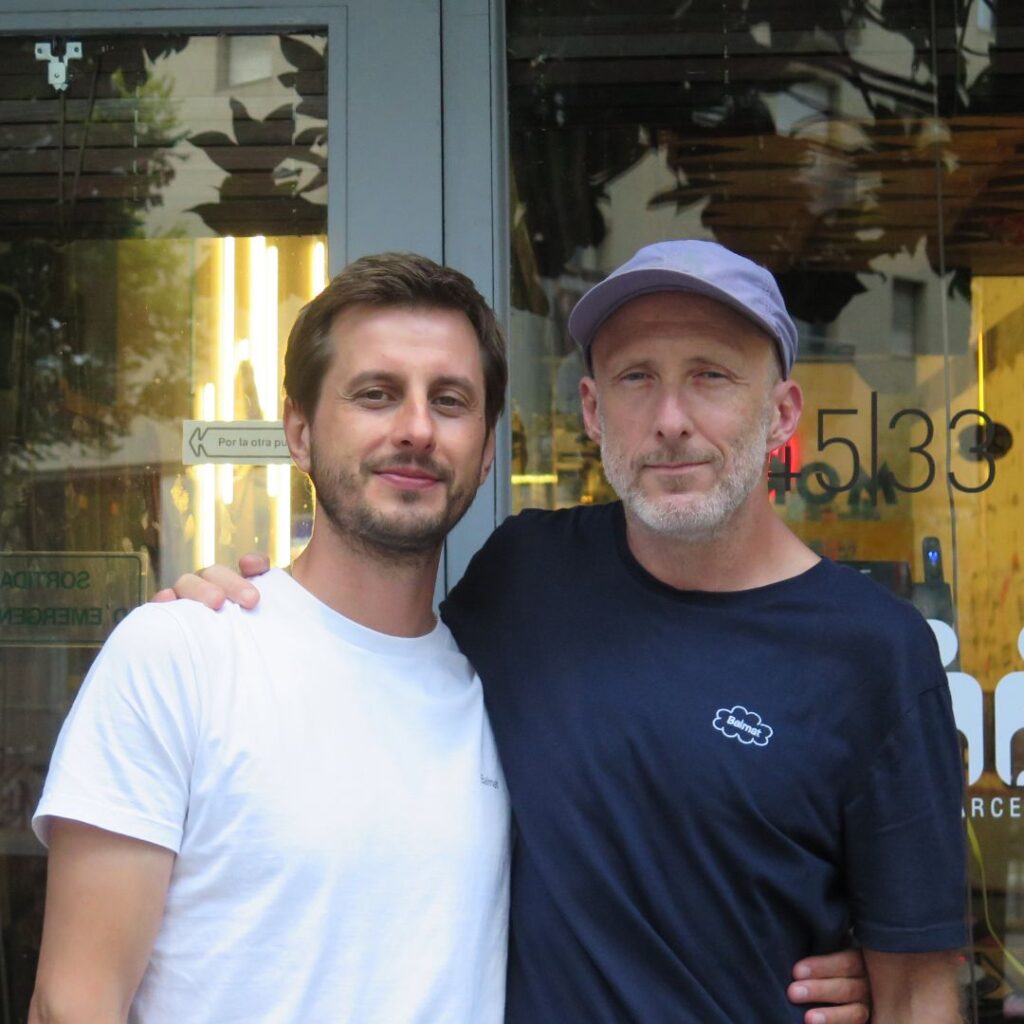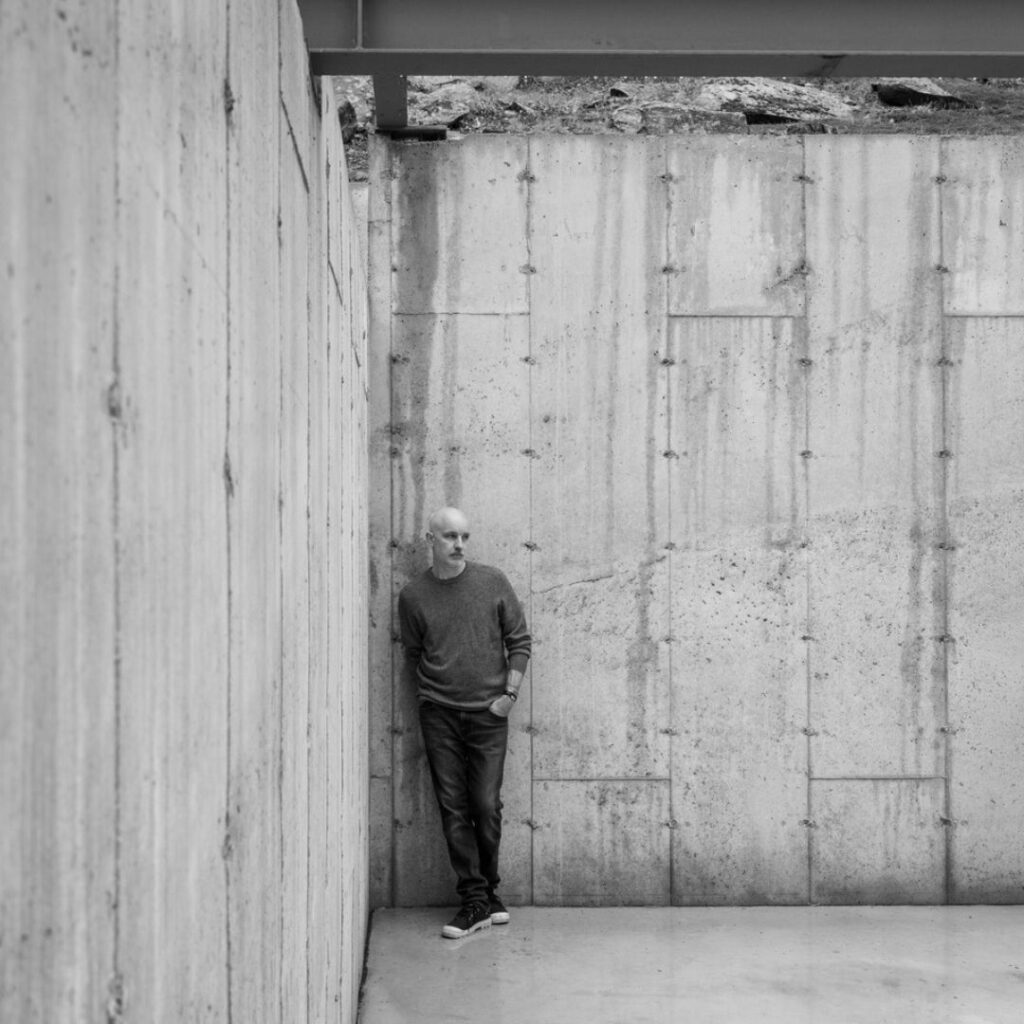delving into the rich world of overtones with Pak Yan Lau
Pak Yan Lau is a Brussels-based artist with a relentless curiosity for sound in all its different forms and possibilities. As a multi-instrumentalist with a diverse sound palette, she has a knack for creating little sound mosaics that merge acoustic and electronic elements with emotion and poetry. She also enjoys collaborating with musicians and multidisciplinary artists of all stripes, having made music for dance theater, photographs and documentaries.
In the recent years, Pak Yan grew particularly fond of toy pianos and the rich harmonic overtones they produce. This led to the creation of the Book of Toy, which is part of a wooden object trilogy she released on Silent Water in 2015.
Taking her fascination for these unconventional instruments to the next level, Pak Yan recently started a fresh new ensemble where they delve and dig deep into the sound spectrum of detuned toy pianos, secondhand gong rods, metal tubes and ring modulators. The result of their sonic exploration is Bakunawa, a spellbinding album released on Belgian label Cortizona with rhythms shifting in haunted patterns. It takes cues from Philippine mythology where the only way to stop the serpent dragon Bakunawa from swallowing the moon was to drum loudly on pots and pans or use their native instruments to lull her peacefully to sleep.
How did the fascination for toy pianos start for you?
It must have been 15 years ago when I first saw one. I thought it was quite cute and I immediately ordered one on eBay. As soon as the baby grand piano arrived, I just started experimenting with it and the fascination kept growing and growing by the day.
There’s a certain aspect to the sound of the toy piano that really plays with my imagination. The sound has a kind of childlike and dreamlike quality. You can get a surprisingly tribal feeling out of it too, especially when you add electronic effects. When bowed, you also get these ethereal high frequencies. It is surprisingly diverse and I think that’s where the fascination comes from.
The next thing I knew, I developed some kind of fetish for toy pianos. Whenever I see one, I’m immediately intrigued. People started finding them for me too. My boyfriend found one in Japan. A friend in France also gave me one. So now, I have about seven or eight toy pianos at home.
When did you decide to actually make music with the instrument?
I have a classical piano background and I just didn’t see myself having a future as a concerto pianist. I didn’t have the motivation to practice all the time and play pieces that I did not actually create. It was just not for me.
I started playing the toy piano after my graduation. It was around the same time I moved to Brussels. The moment I had a toy piano, I directly started experimenting with it. Out of that grew ‘The Crappy Mini Band’, my toy experimental pop/rock quartet. We only had one rule: your instrument had to be small.
For a while, we even had a Japanese tuba player named Daysuke Takaoka joining us. This made it very funny because we had small guitars, toy drums, a singer and then a big tuba. The contrast was not only great to look at, but it sounded fantastic as well.
It was a super fun period. We made two records and toured Japan and Europe. We played quite a lot of shows actually. It was very liberating and light.

How do you approach your creation process?
In general, I’m really an improviser. I very much like this freedom of starting from one point and then seeing where it can go. My creation process can start from improvisation, but it can also start from a concept or an idea. I recently made a radio piece with haikus and all the creation and inspiration came from the haikus themselves. Or with limitations. For instance, Bakunawa started with the limitation of instrumentation. I wanted to make a piece mainly for toy pianos and gong rods.
What attracted you to the sound of toy pianos and gong rods?
These instruments are not well-tuned. They are basically just pieces of metal, which just get more and more broken over time, giving the sound so much personality. It gets very interesting when you start combining different instruments together. They create very weird overtones. Just like the gamelan, but in a different way.
In the gamelan’s case, there are always two gongs. The upper one is tuned a little bit higher and the lower one is tuned a little bit lower. When you play them together, they have some sort of friction and they create a new note, which you would not have when you just play the gongs separately.
When we play different gong rods or toy pianos together, the idea is a bit similar. You create a completely new sound, but it’s not something you can control at all. The sound can change depending on the room or even on the weather. Also, if you play a piece too much, it might break. That’s what I like about it. I don’t like to control everything, so there’s always an element of surprise to it.
With these kind of instruments, you start something and you just see how it flows. It’s the total opposite of the classical world where everything takes place in a very controlled environment and everything has a score. I think it’s nice to have that freedom. Also, when you play for a live audience, there’s also the energy of the audience at work and things just happen. It’s very powerful and also very natural too.
Bakunawa is inspired by a Philippine myth. How did this myth inform the piece?
I was in the middle of the creation process of Bakunawa when I was reading a book about mythologies. I directly loved the image of a dragon swallowing moons. I felt it connected with the sound, the structure and the pace of the music. I felt there was a ritualistic aspect to it, as well. The fact that the myth came from Asia and I have Asian roots probably also played a role.
It must have been challenging to find four toy piano players for the ensemble.
Aside from myself, the ensemble consists of Giovanni Di Domenico (pianist), João Lobo (drummer), Mathieu Calleja (drummer) and Vera Cavallin (harp). Except for Vera, we are all part of a band called ‘Going’ for more than ten years now, so we already have some kind of dynamic when we play together.
Although, I definitely asked them to step out of their comfort zones and play instruments they are not used to playing at all. They are very open musically and they also know me very well, so I don’t have to explain everything to them. It just comes naturally.

Where there a lot of differences in between the band ‘Going’ and the new ensemble?
Yes. Going is a collaboration of four musicians with very distinctive functioning and with improvisation as their beating heart, but in Bakunawa, they are basically playing one musician’s dream. Mine.
With Going, the four musicians have the freedom to play as they feel like. It’s not the case with Bakunawa because I ask them for specific sounds and distinct ways of playing.
Bakunawa is a composition. It is an open composition, which allows some personal freedom, but it nonetheless follows my direction in terms of how I have constructed it and how I imagine it should sound.
Do you see Bakunawa as a one-off piece or do you plan to work regularly with the ensemble?
Bakunawa is a one-off piece for now that I would like to tour with as much as possible. Maybe in the future I will write again for this ensemble, but then it will be for a different instrumentation. It feels like an opening of a new door and I’m very lucky to work with these talented musicians.
We also often hear musicians refer to music as a sort of language to connect with other people. Do you also perceive it that way?
I am absolutely convinced that music and I would add sound connect us on a different level. We must remember that the first thing that develops when we are only still in the belly is our hearing, so there is something universal about it. Even if we don’t speak the same language, it doesn’t matter when it comes to music. Just by listening to the same sounds or music, we already connect with it.

And what sounds have touched you recently?
I can trip on anything that has very rich overtones. That’s probably why I’m very into metallic things. Metallic objects can really create these insane ghost tones.
The long string instrument of Ellen Fullman also comes to mind. The strings are probably around 50 meters long and she uses just intonation to tune them, which is amazing. It’s very mathematical and controlled. They are completely acoustic too and they are just so powerful and so beautiful.
I actually wrote to Ellen Fullman asking her if she would want to collaborate at some point. She’s in the States now and she probably won’t be traveling anytime soon, but who knows what comes in the future. It’s really interesting for me because what she does is completely the opposite of what I do, but it’s also very similar at the same time. I do something which is not controlled at all, while she does something that is super controlled on the contrary. Fascinatingly enough, it’s based on the same idea of overtones, so I’m very curious to see how that would go together.
Talking about the future, what’s next for you?
Many things are coming up. I’ll be keeping myself busy.
Before the summer, I’ll be playing ‘Forgotten Things and Lingering Thoughts’, which is a piece specially created for chapels or churches in Rotterdam. The first draft of this piece was created during the Sonic Treatise. It was organized by KRAAK and performed here in a small chapel in Brussels before Covid times. I’ll be probably performing it again in Les Brigittines Chapel in Brussels for Listen! festival in 2022.
After the summer, I’ll be performing two new solo creations for two different festivals. One is called ‘Wander(E)ars’ and will premiere in Graz at the Musik Protokoll Festival. The other is called ‘Book of Toy – Weirdly Fun’, which will premiere in Geneva at the Piano Cataclysm Festival.
I recently also played in the Brussels Planetarium with Going. That was such a mind-blowing and amazing experience that I’m now very much looking forward to be able to collaborate with them on the visual part and make a special concert in the future, or even a Planetarium tour.
Pictures by Laurent Orseau

